Blog
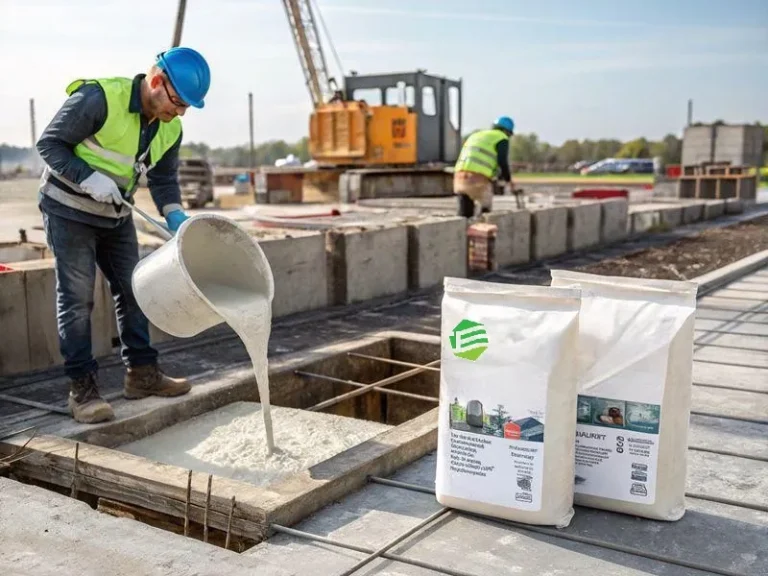
In concrete construction, selecting the best superplasticizer is crucial for achieving high-performance results. A well-chosen superplasticizer can enhance workability, increase strength, improve durability, and optimize the overall quality of concrete. Here are the key factors to consider when making this important decision.
High-Strength Concrete: For projects that require high-strength concrete, such as high-rise buildings, large-span bridges, and industrial structures with heavy-load-bearing requirements, a superplasticizer with a high water-reducing efficiency is essential.
Polycarboxylate Superplasticizers are often the top choice in these cases. They can achieve significant water-reduction rates, typically 15 – 35% or more, allowing for a very low water-cement ratio. This results in a denser concrete matrix, which in turn leads to enhanced compressive and tensile strength.
For example, in a high-rise building, the concrete columns need to support substantial vertical loads. A superplasticizer that can produce high-strength concrete ensures the structural integrity of the building over its lifespan.
Durability-Focused Projects: In environments where concrete is exposed to harsh conditions, like marine structures, wastewater treatment plants, or areas with freeze-thaw cycles, durability is of utmost importance. Superplasticizers that improve the impermeability of concrete are ideal. By reducing the water-cement ratio and enhancing the dispersion of cement particles, they create a more compact structure that resists the ingress of harmful substances such as chlorides, sulfates, and water.
Some superplasticizers also have additives or chemical properties that can enhance the concrete’s resistance to chemical attacks. For instance, in a marine pier, the concrete is constantly exposed to seawater, which contains high levels of chlorides. A superplasticizer that can improve the concrete’s chloride-ion penetration resistance is crucial to prevent corrosion of the reinforcement bars and ensure the long-term durability of the structure.
Pumping Distance and Complexity: If the concrete needs to be pumped over long distances or through complex pipelines, a superplasticizer with excellent slump retention and fluidity is required. Polycarboxylate-based superplasticizers are known for their ability to maintain the workability of concrete during pumping. They can keep the concrete flowing smoothly, reducing the risk of blockages in the pumping system.
In a large-scale infrastructure project where concrete is pumped to different levels of a building or over a long distance to a remote construction site, the right superplasticizer ensures efficient and uninterrupted concrete placement.
Placement in Complex Forms: When pouring concrete into complex-shaped forms, such as architectural concrete with intricate designs or in-situ concrete with irregular geometries, the concrete needs to have good flowability and the ability to fill all voids without segregation. A superplasticizer that can provide high-fluidity concrete while maintaining its stability is essential. It should allow the concrete to flow around reinforcement bars and into every corner of the formwork, ensuring a uniform and dense concrete structure.

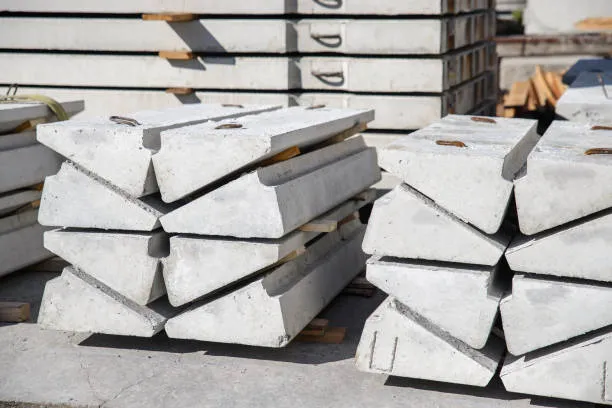
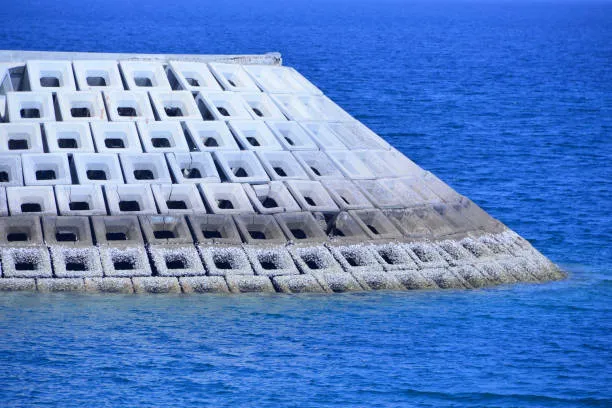
Advantages: These superplasticizers offer high water-reducing efficiency and excellent slump retention and can be tailored to specific project needs. They have a relatively low dosage requirement, which can be cost-effective in the long run. Their molecular structure allows for precise control over the dispersion of cement particles, resulting in a more homogeneous concrete mix. Additionally, they are generally more environmentally friendly compared to some other types.
Disadvantages: They can be more expensive than other superplasticizer types. Also, in some cases, if not properly formulated or used in combination with other admixtures, they may cause air entrainment issues or have compatibility problems with certain types of cement.
Advantages: SNF are well-established in the market and are known for their effectiveness in reducing water content and improving strength. They are relatively inexpensive compared to polycarboxylate-based ones. On the other hand, are especially good at providing high early-strength development, which is beneficial for projects where quick demolding or early load-bearing is required.
Disadvantages: Their slump retention may not be as good as that of polycarboxylate-based superplasticizers. They also have a relatively higher dosage requirement, which can increase costs in large-scale projects. Moreover, there are some environmental concerns associated with the use of formaldehyde in their production.
Cement Chemistry: Different types of cement have varying chemical compositions, fineness, and particle size distributions. A superplasticizer that is compatible with the specific cement being used is essential. For example, some cement with a high C3A (tricalcium aluminate) content may require a superplasticizer that can counteract the rapid hydration and high water-demand characteristics of C3A.
Conducting compatibility tests between the superplasticizer and the cement is highly recommended. These tests involve mixing small batches of concrete with different dosages of the superplasticizer and evaluating properties such as workability, setting time, and strength development.
Cement Manufacturer and Source: Even within the same type of cement, properties can vary depending on the manufacturer and source of raw materials. It’s important to ensure that the superplasticizer works well with the particular brand and batch of cement being used in the project. This can help avoid issues such as flash-setting (premature hardening) or poor workability that may occur due to incompatibility.
Air-Entraining Agents: In some cases, air-entraining agents are used in concrete to improve its freeze-thaw resistance. If this is the case, the superplasticizer must be compatible with the air-entraining agent. Incompatible admixtures can lead to excessive or insufficient air entrainment, which can affect the workability, strength, and durability of the concrete. For example, some superplasticizers may break down the air – bubbles created by the air-entaining agent, reducing the concrete’s ability to withstand freeze-thaw cycles.
Accelerators and Retarders: If accelerators are used to speed up the setting time of concrete or retarders to slow it down, the superplasticizer should be compatible with these additives. Compatibility issues can cause abnormal setting times, uneven strength development, or other performance problems. For instance, an accelerator and superplasticizer that are not compatible may cause the concrete to set too quickly, making it difficult to place and finish.
Superplasticizer Pricing: The cost of different superplasticizers can vary significantly. Polycarboxylate superplasticizers are generally more expensive per unit, while sulfonated-formaldehyde-based superplasticizers are often more affordable. However, it’s important to consider the dosage requirements as well.
A superplasticizer with a lower cost per unit may require a higher dosage, which could offset the initial cost advantage. For example, suppose a less expensive superplasticizer requires twice the dosage of a more expensive one to achieve the same water-reducing and workability results. In that case, the overall cost may not be as favorable as it initially seems.
Cost per Unit of Concrete: Calculate the cost of the superplasticizer per unit volume of concrete. This takes into account the dosage required and the cost of the superplasticizer. A superplasticizer that can achieve better performance at a lower dosage per unit of concrete may be more cost-effective in the long run, even if it has a higher initial cost per unit.
Strength and Durability-Related Savings: A superplasticizer that can improve the strength and durability of concrete can lead to long-term cost savings. High-strength concrete may require less material overall for the same structural design, reducing the cost of raw materials.
Durable concrete also reduces the need for frequent repairs and replacements, which can be costly over the lifespan of the structure. For example, in a bridge that has a design life of 100 years, using a superplasticizer that can enhance the concrete’s durability can save millions of dollars in maintenance and repair costs over time.
Energy and Resource Conservation: Some superplasticizers can contribute to energy and resource conservation. For example, those that enable the use of a lower water-cement ratio may reduce the energy required for concrete production and curing. Additionally, suppose a superplasticizer can improve the workability of concrete to the extent that less concrete is wasted during placement and finishing. In that case, it can also save on material costs.
Product Quality and Consistency: Choose a superplasticizer from a manufacturer with a good reputation for product quality and consistency. A reliable manufacturer will have strict quality control measures in place to ensure that each batch of superplasticizer meets the required standards. Check for certifications and industry-recognized quality marks. You can also look for references from other construction projects that have used the manufacturer’s products successfully.
Market Presence and Experience: A manufacturer with a long-standing presence in the market and extensive experience producing superplasticizers is more likely to have the technical know-how to address any issues that may arise. They are also more likely to keep up with the latest technological advancements in superplasticizer formulation and development.
Application Guidance: The manufacturer should provide comprehensive technical support, including guidance on the proper application of the superplasticizer. This includes advice on dosage rates, mixing procedures, and compatibility with other materials. They should be able to offer solutions to common problems that may occur during the use of the superplasticizer, such as adjusting the dosage based on changes in cement properties or environmental conditions.
Research and Development: A good manufacturer invests in research and development to improve their products. They should be able to provide information on the latest developments in superplasticizer technology and how these can benefit your project. This may include new formulations that offer better performance, reduced environmental impact, or improved compatibility with emerging construction materials and techniques.
In conclusion, choosing the best superplasticizer for concrete requires careful consideration of project requirements, superplasticizer types, compatibility, cost-benefit analysis, and the reputation and technical support of the manufacturer.
By taking the time to evaluate these factors, construction professionals can ensure that they select the superplasticizer that will deliver the best results for their concrete projects, both in terms of performance and cost-effectiveness.
We are China polycarboxylate superplasticizer supplier, have 20years export experience, if you need it, please contact us!
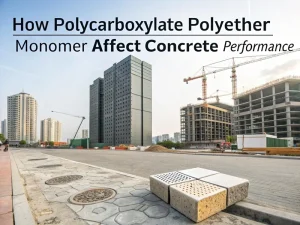
How Polycarboxylate Polyether Monomer Affect Concrete Performance
Blog How Polycarboxylate
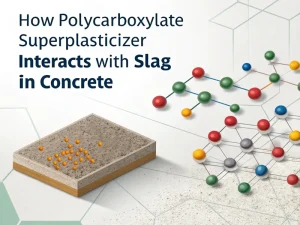
How Polycarboxylate Superplasticizer Interacts With Slag In Concrete
Blog How Polycarboxylate
Pre-sales: Provide detailed product information to ensure customers have a comprehensive understanding of the product; provide samples and assist clients in completing sample testing; offer customized services, etc.
After-sales: Logistics delivery, providing customers with multiple transportation options to ensure that products are intact and delivered to customers promptly; Product quality tracking, promptly initiating investigation mechanisms for quality issues reported by customers, analyzing the causes of the problems, and resolving them.